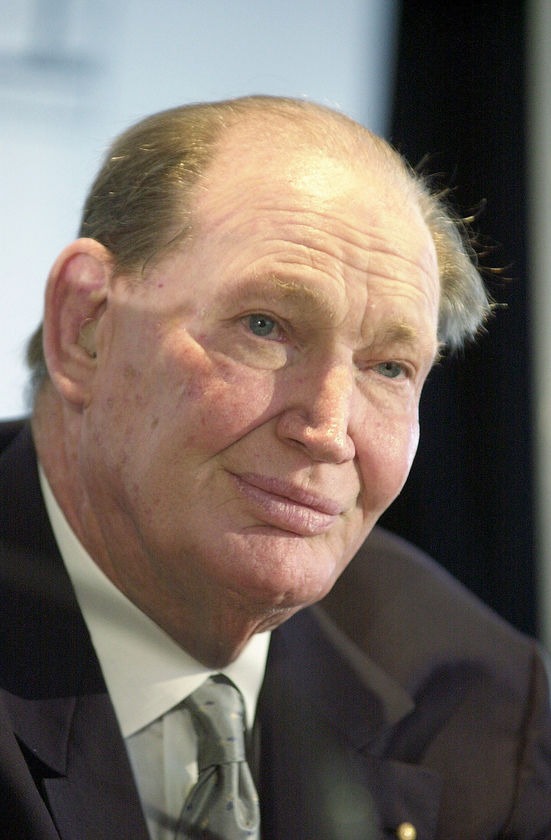With Anzac Day fast approaching, members of Australia’s Federation Guard (AFG) are preparing to take part in one of the most significant and solemn occasions in the Australian commemorative calendar.
This year, the AFG will play a central ceremonial role at the Anzac Day dawn service at the Australian National Memorial near Villers-Bretonneux in northern France – a sacred site that stands as a powerful symbol of the Australian sacrifice during the First World War.
For many members of the contingent, this will be their first time supporting Anzac Day commemorations on foreign soil, adding a deeply personal and emotional dimension to their service. They will stand where thousands of Australians once fought and fell more than a century ago, and where the echoes of their bravery still resound through the gently rolling fields of the Somme.
Private Daniel Barlow, who is experiencing his first Anzac Day in France, described the experience as both humbling and profound – made all the more meaningful by his own family’s wartime history.
“My great-great-uncle, Private John William Barlow, fought and died at the Battle of the Somme on July 1st, 1916,” Private Barlow said.
“He was just 25 years old when he was sent over. He’s buried at Blighty Valley Cemetery, near Authuille Wood.
“To be selected to represent our armed forces overseas, paying tribute to the fallen who fought and died here – and to possibly visit my family member’s grave – it’s incredibly special.”
Able Seaman Joshua Bishenden, another first-time participant in the Villers-Bretonneux service, also shares a strong personal connection to the region and its wartime legacy. His great-grandfather served on the Western Front and was awarded the Military Medal for gallantry in operations south of the Somme.
“Service runs deep in my family,” he said.
“My father served in the Army for 25 years, I’m now serving, and my great-grandfather also served.
“It’s an incredible honour to wear the uniform and represent the military overseas. To be chosen for such a solemn and wholesome duty – it’s surreal, and something I’ll carry with me for the rest of my life.”
In preparation for the ceremony, members of the AFG have undergone months of intense drill training to ensure every movement – every salute, every step – is carried out with precision and reverence. Their role is not only ceremonial but symbolic, standing as representatives of all Australians in remembering the sacrifices of the past.
The Anzac Day dawn service at Villers-Bretonneux is expected to draw hundreds of Australians, as well as local residents who have long held a deep respect for Australia’s role in their liberation.
The town was famously freed by Australian troops on 25 April 1918 – exactly three years after the Gallipoli landings – a date now etched into both nations’ histories. To this day, the legacy of that liberation is visible throughout the area. School buildings and street signs still bear the words “N’oublions jamais l’Australie” – “Never forget Australia.”
Australian Ambassador to France, H.E. Gillian Bird, will lead the official proceedings, paying tribute to the enduring friendship between the two nations and the sacrifice that forged it.
As the sun rises over the misty fields of northern France, the silence will be broken only by the haunting notes of the bugle and the rustle of flags in the breeze – a timeless tribute to courage, sacrifice, and mateship.
For Private Barlow, Able Seaman Bishenden, and the rest of the Federation Guard, Anzac Day 2025 will not only be a moment of duty – it will be a moment of deep connection to the past, and a promise to never forget.










